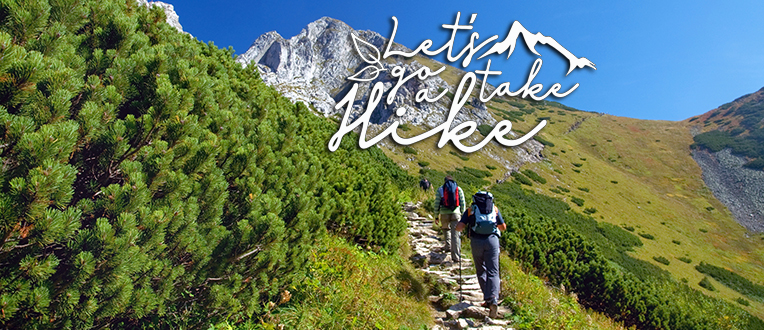
Wilderness Bathroom Etiquette: How to Handle Nature's Call Without a Toilet
Introduction:
When you find yourself in the great outdoors without a toilet nearby, knowing how to handle your bathroom needs responsibly and hygienically becomes crucial. In this comprehensive guide, we will explore effective techniques for proper waste disposal, alternatives to toilet paper, and essential do's and don'ts of wilderness bathroom etiquette. By following these guidelines, you can enjoy your outdoor excursions while minimizing your impact on the environment.
Choosing the Right Spot: Prioritizing Privacy and Environmental Considerations
When it's time to answer nature's call, selecting an appropriate spot is vital. Here are some considerations to keep in mind:
-
Privacy: Choose a location away from trails, campsites, and water sources to ensure privacy for yourself and others.
-
Environmental Impact: Select a spot that is at least 200 feet (about 70 steps) away from water sources to prevent contamination. Avoid fragile ecosystems and vegetation, and be mindful of any local regulations.
Proper Waste Disposal: Managing Toilet Paper and Hygiene Products
-
Burying Waste: Dig a cathole that is 6 to 8 inches deep and wide enough to accommodate your waste. Afterward, cover it with the soil you dug up. This helps promote decomposition and prevents the spread of bacteria.
-
Toilet Paper Disposal: If you use toilet paper, it's essential to dispose of it properly. Either bury it in the cathole along with your waste or pack it out in a sealable bag. Never leave toilet paper on the ground, as it takes a long time to decompose.
No Toilet Paper? No Problem: Alternatives for Bathroom Needs
If you find yourself without toilet paper, here are some alternatives you can consider:
-
Natural Materials: Look for smooth rocks, large leaves, or moss that can serve as a substitute for toilet paper. Ensure they are abundant and readily available before use.
-
Hygiene Products: Carry biodegradable wet wipes or consider using a bidet bottle to clean yourself after going to the bathroom. Pack out any used wet wipes or hygiene products in a sealable bag.
Creek Considerations: Understanding the Impact on Water Sources
It's crucial to minimize the impact on water sources, such as creeks or rivers, when answering nature's call:
-
Keep Your Distance: Avoid going to the bathroom directly in or near water sources. Waste can contaminate the water and harm aquatic ecosystems.
-
Use the "Cathole Method": Dig a cathole as mentioned earlier, away from water sources. This ensures that waste is properly buried and won't contaminate nearby water.
Best Practices: Do's and Don'ts of Wilderness Bathroom Etiquette
To promote responsible wilderness bathroom practices, follow these do's and don'ts:
Do's:
- Plan ahead and anticipate when you may need to go.
- Carry a small trowel or camping shovel to dig catholes.
- Practice good hygiene by washing your hands with soap and water or using hand sanitizer.
- Respect the privacy of others and choose discreet locations for bathroom breaks.
- Educate and encourage fellow campers to follow proper wilderness bathroom etiquette.
Don'ts:
- Do not leave toilet paper or hygiene products on the ground; always dispose of them properly.
- Avoid going to the bathroom near water sources to prevent contamination.
- Refrain from disturbing or damaging fragile ecosystems and vegetation.
Conclusion:
By adhering to wilderness bathroom etiquette, you can ensure a clean, responsible, and sustainable approach to handling bathroom needs in the wild. Remember to choose appropriate spots, dispose of waste properly, and consider alternatives to toilet paper when necessary. With these practices, you can fully enjoy the beauty of nature while leaving minimal impact on the environment for future generations to appreciate.
